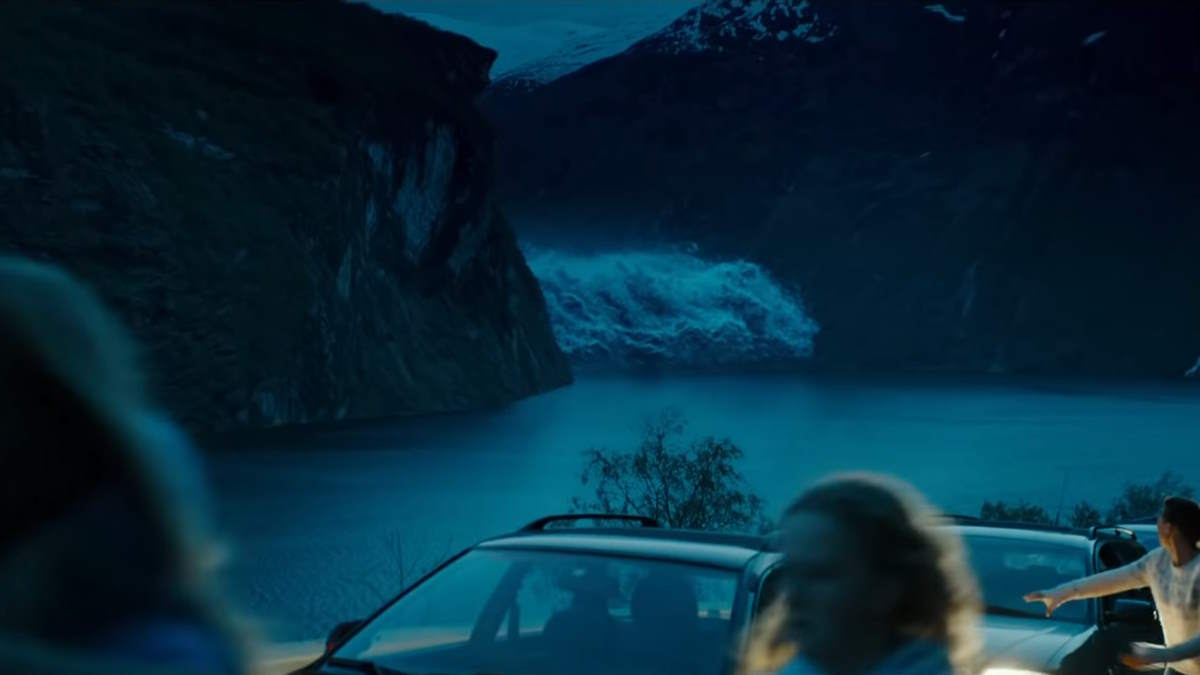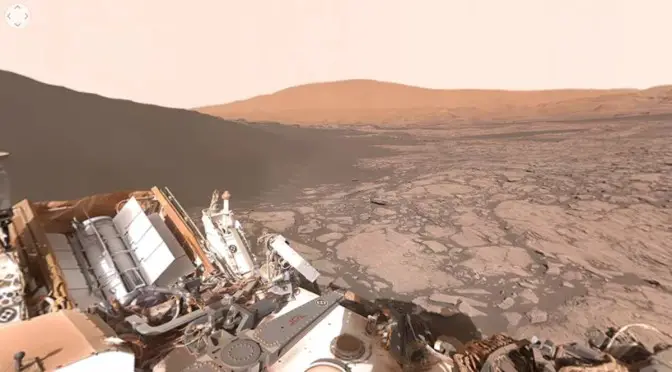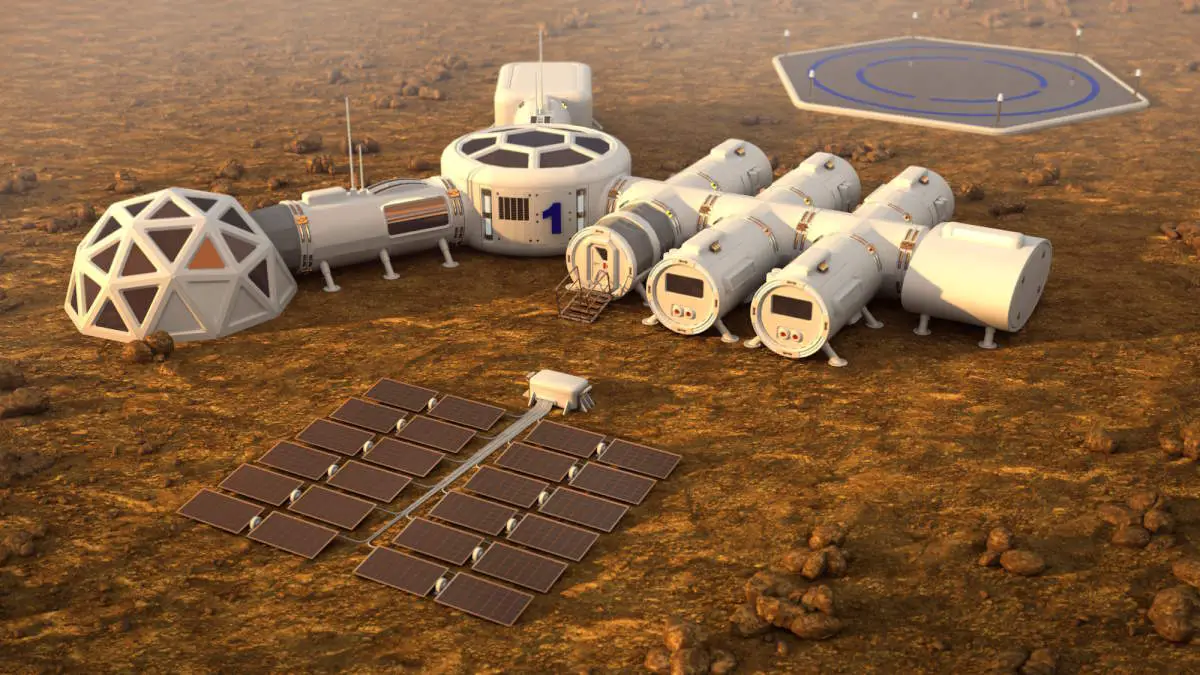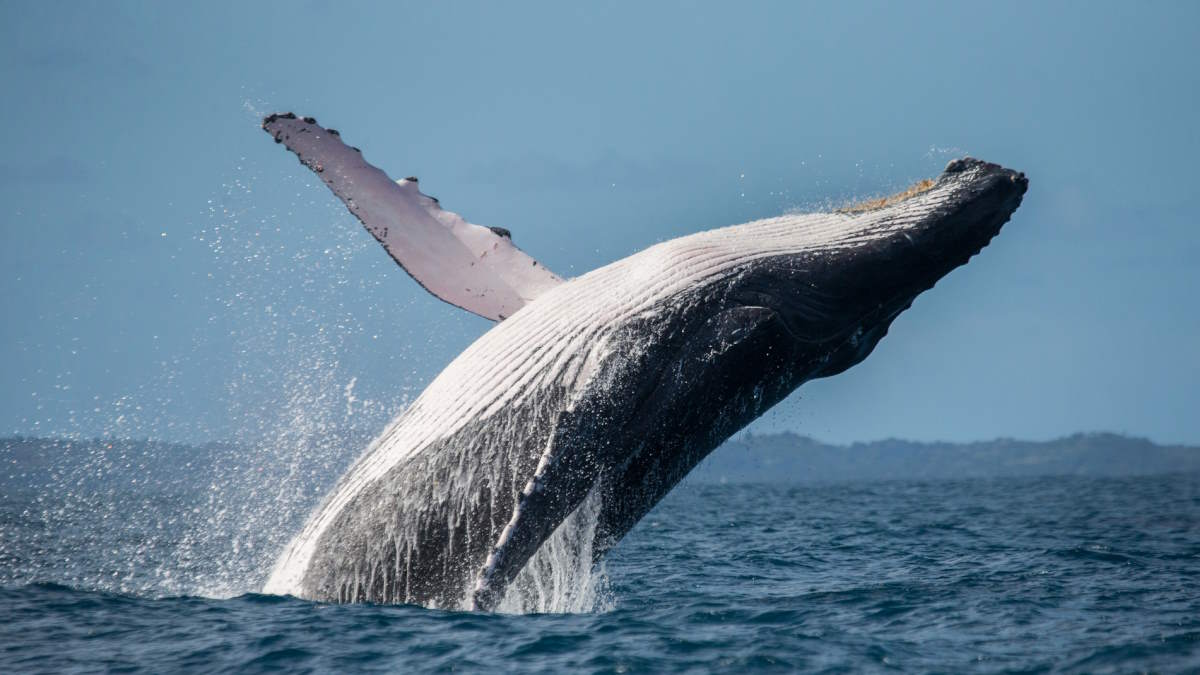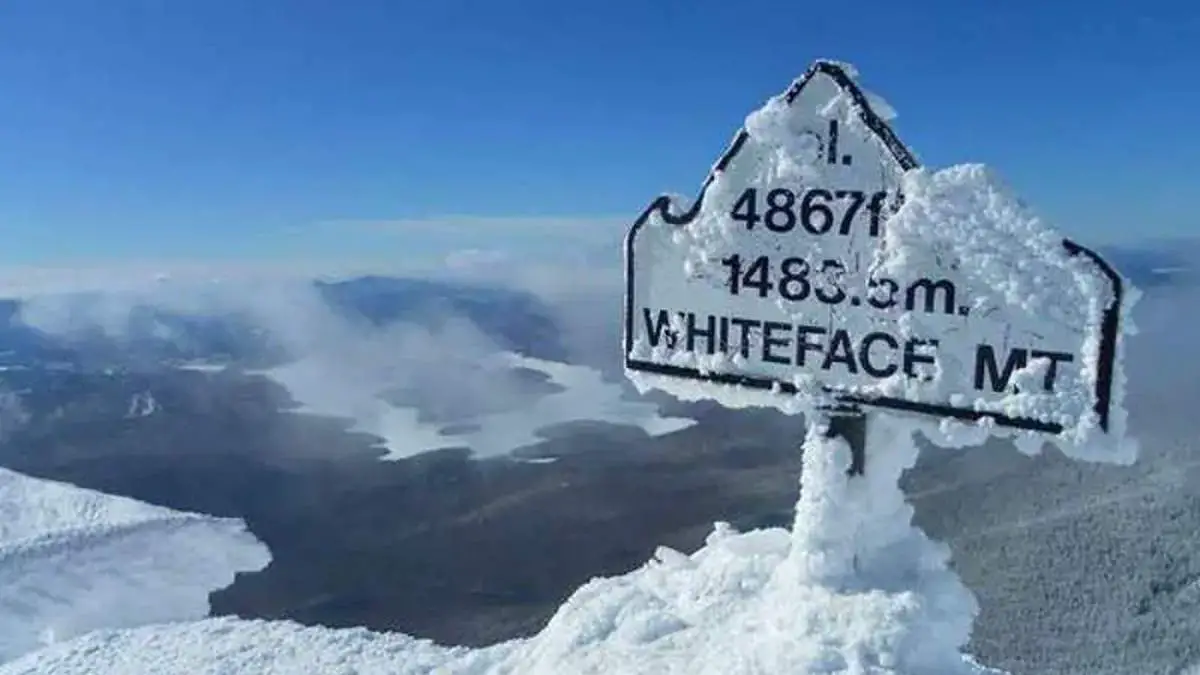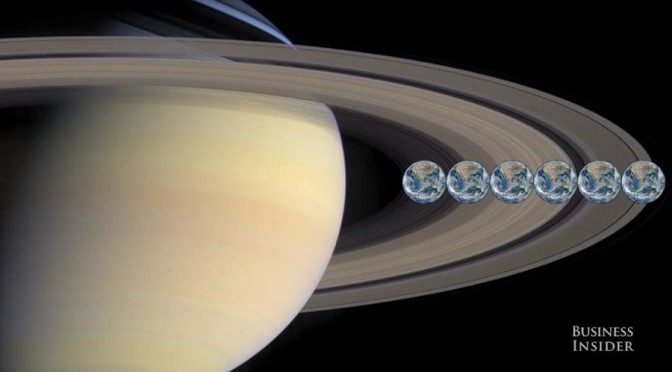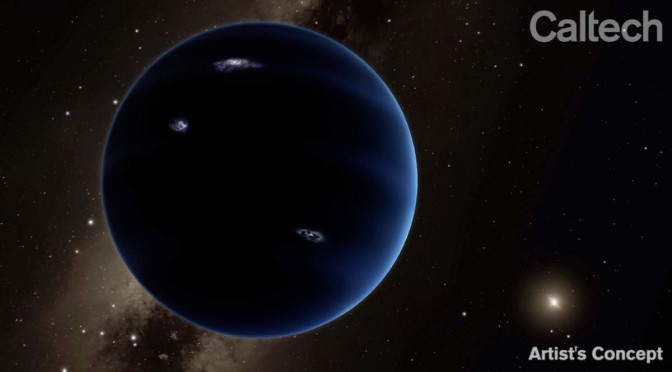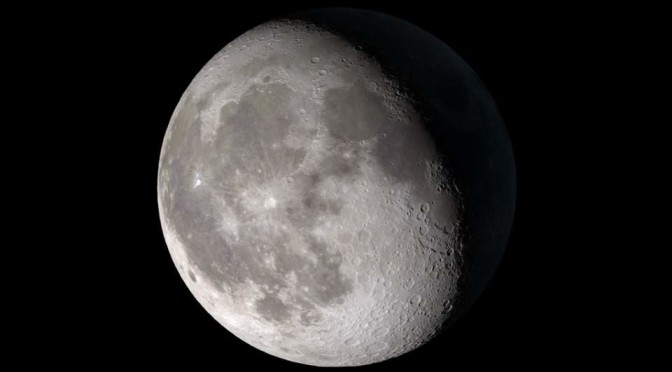A megatsunami is an exceptionally large and devastating wave that can reach incredible heights. Unlike regular tsunamis triggered by earthquakes, megatsunamis are primarily caused by massive landslides, volcanic eruptions, or asteroid impacts into bodies of water. These catastrophic events displace colossal amounts of water, generating waves that can travel across vast distances with tremendous force. The sheer magnitude of megatsunamis makes them particularly destructive, capable of impacting coastlines with devastating consequences. Their rare occurrence and immense power make megatsunamis a subject of great scientific interest and concern, as understanding their mechanisms and potential impacts is crucial for coastal regions and disaster preparedness.
What is a Megatsunami? [explained]
